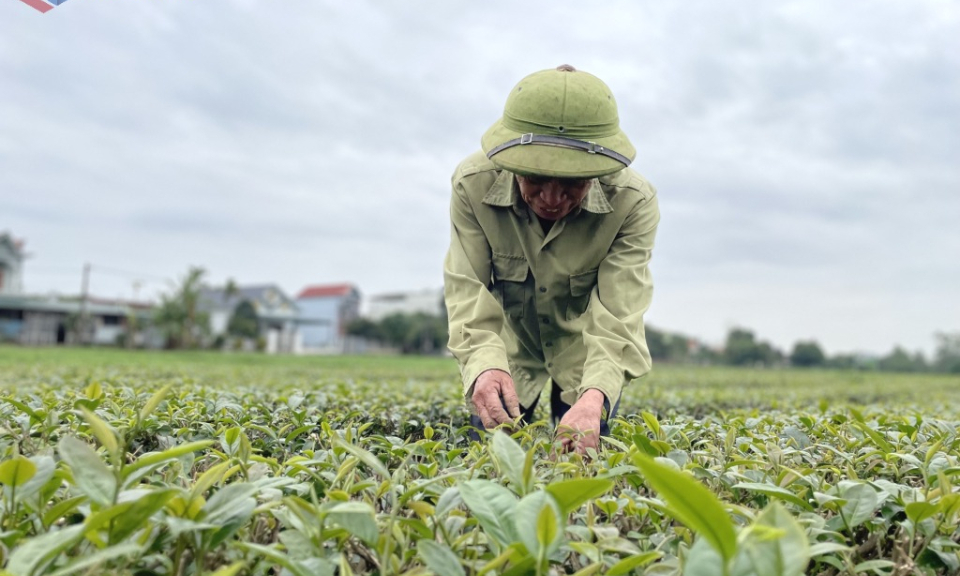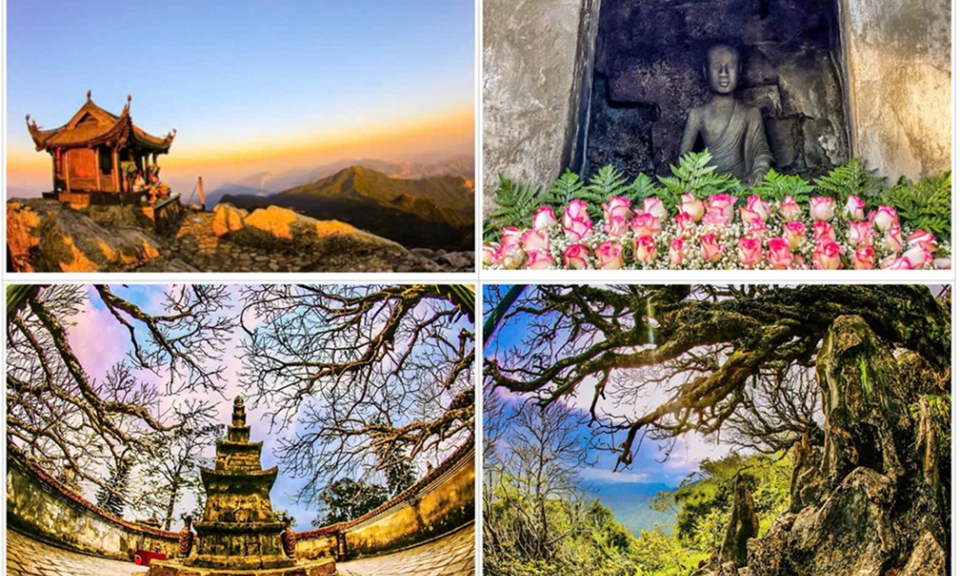Hai Son commune: Towards a modern civilized rural area
With abundant forests, fertile land, scenic landscapes, and a rich cultural heritage, Hai Son commune is setting its sights on becoming a modern civilized rural area that bears the distinctive imprint of the border region.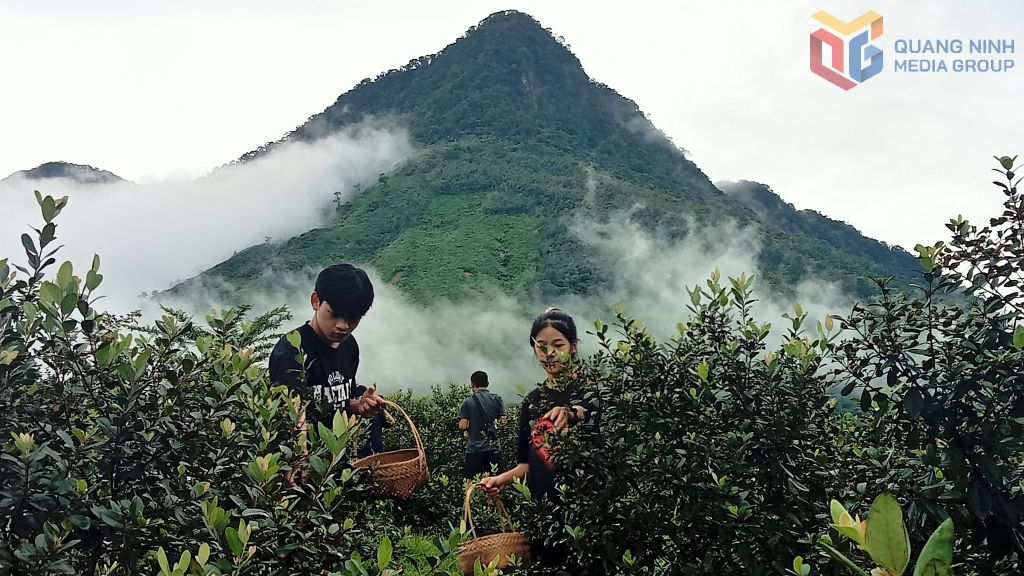
Formed from the merger of the former Bac Son and Hai Son communes in Mong Cai city, Hai Son is home to vast natural and planted forests, hilly terrain, and fertile soil.
More than 90% of its population are ethnic minorities, mainly Dao, Tay, and San Chi, who have preserved unique cultural traditions. These assets give the commune clear advantages in sustainable forestry, eco-tourism, community-based tourism, and the development of local specialties under One Commune One Product (OCOP) program.
According to Chairman of the Commune People’s Committee, Le Van Cuong, over 70% of Hai Son’s land is forest or forestry land, with hundreds of hectares earmarked for large-timber plantations. Its mountains, waterfalls, streams, and traditional villages also provide ideal conditions for eco- and community tourism, particularly in connection with the Po Hen national historic site.
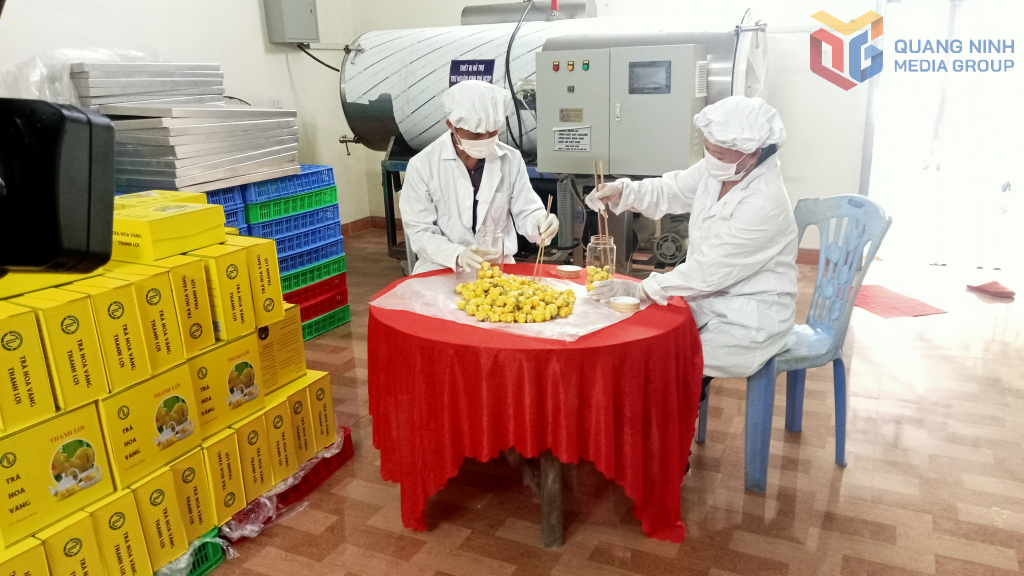
The commune is part of four tourism routes and 15 experiential destinations, offering visitors cultural festivals such as the border Sim flower festival, the Po Hen market fair, the Dao people’s Cap Sac ceremony, and the San Chi people’s field festival.
Visitors can also enjoy traditional cuisine, from black goose and hill chicken to golden camellia tea, and explore attractions like the Dang Clan mural village, 72-compartment waterfall, and Ma Thau Son hill, etc.
Hai Son has currently pursued sustainable development through large-timber afforestation and under-forest medicinal crops such as golden camellia, ba kich (morinda), and amomum.
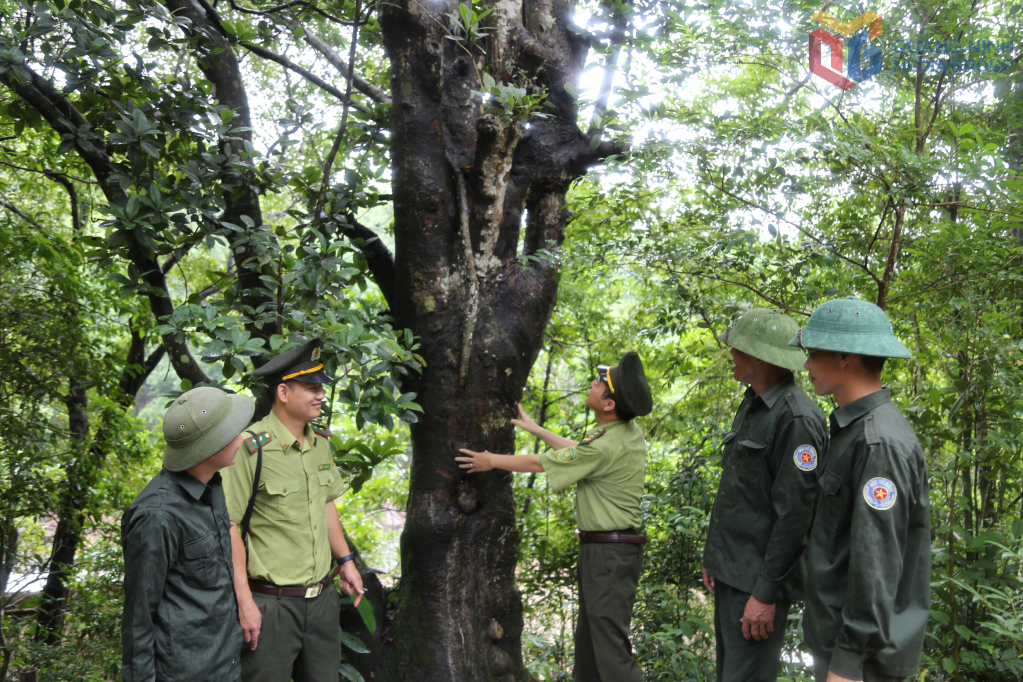
“We are working with enterprises and cooperatives to develop raw material zones and build branding for Hai Son’s OCOP products, including wild honey, free-range Mong Cai pork, and golden camellia tea,” said Mr. Cuong. “Our goal is that by 2030, Hai Son will have at least five OCOP products rated three stars or higher.”
The commune also maintains over 1,200 hectares of new plantation forest annually, achieving a forest coverage rate of 73%. By early 2025, its per capita income is expected to reach 86 million VND per year, laying a solid foundation for Hai Son to grow into a model borderland community: modern, sustainable, and culturally vibrant.
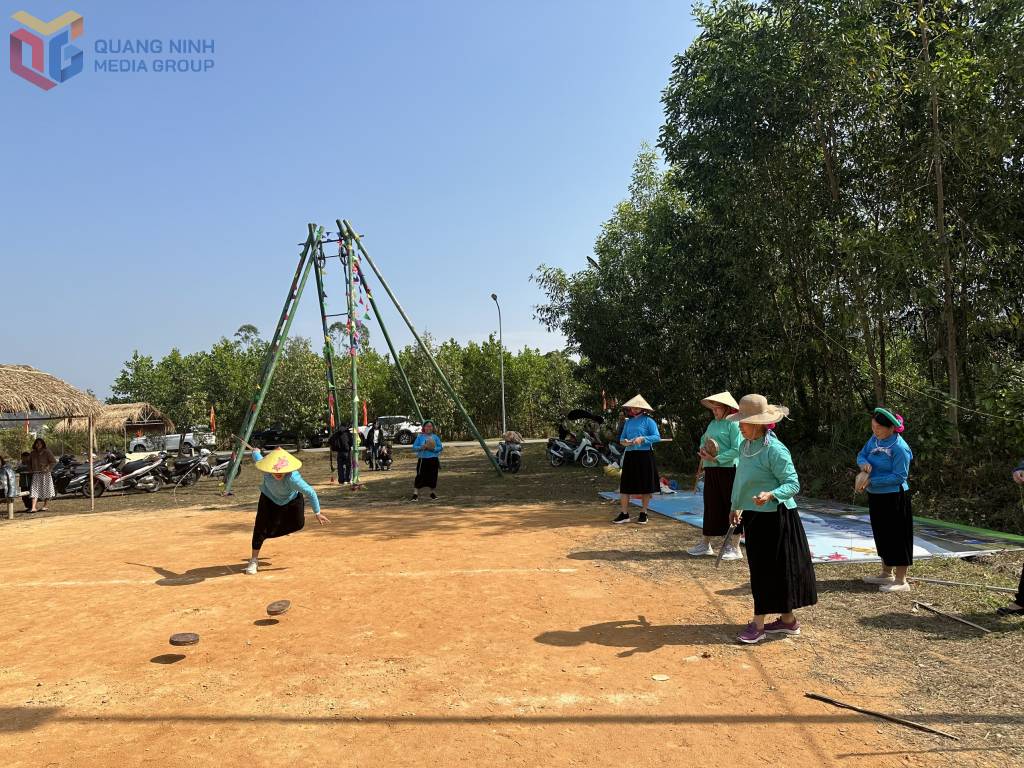
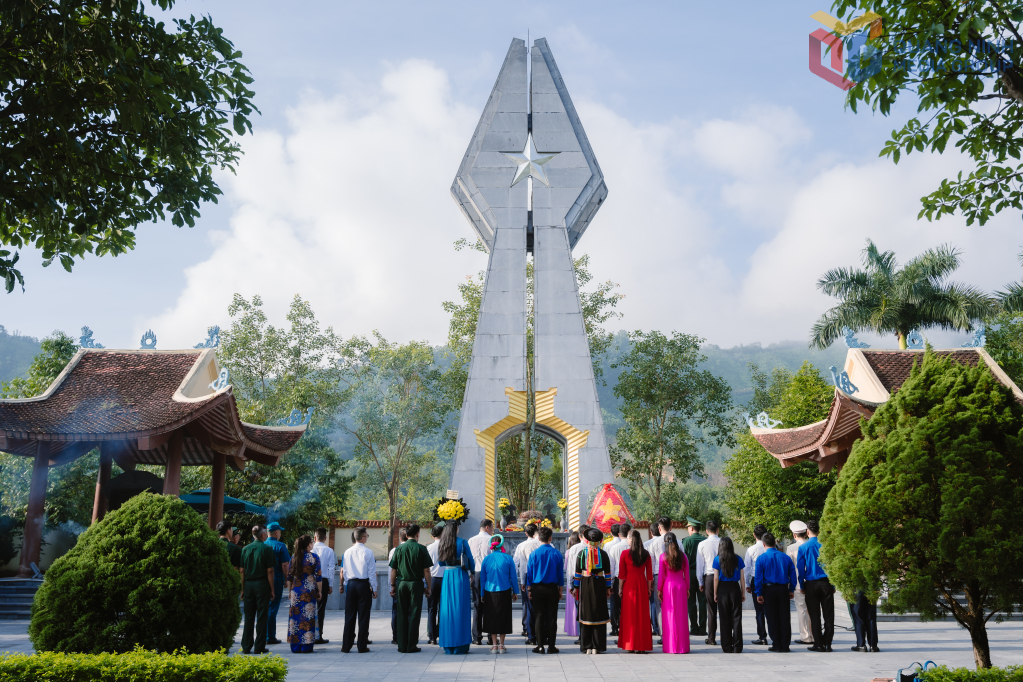
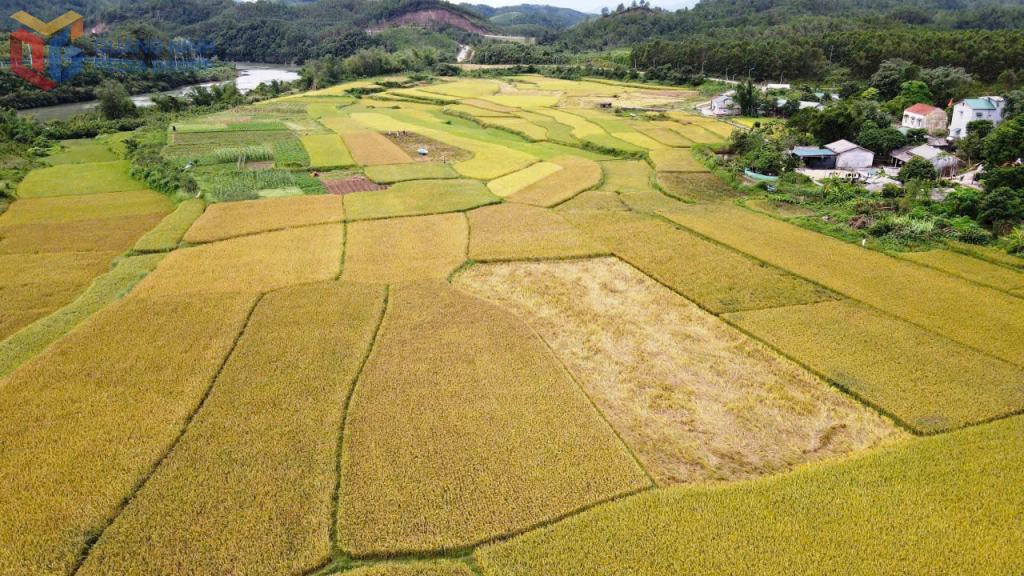
.





